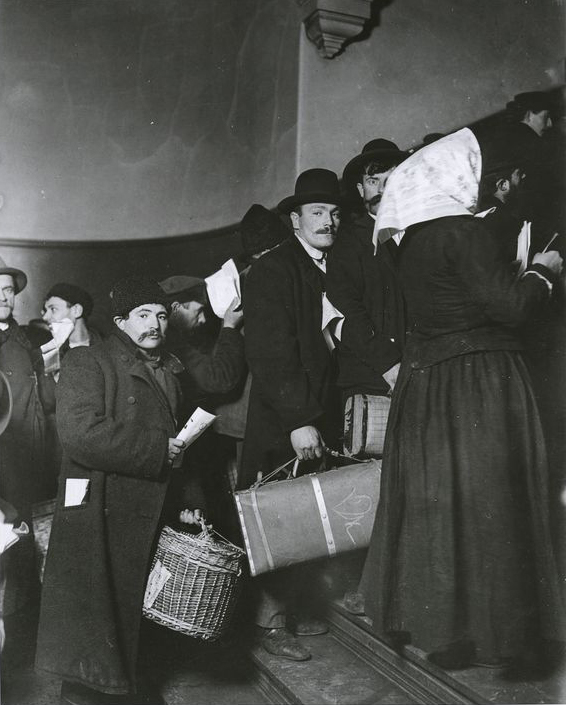CONTENT WARNING: VIEWER DISCRETION ADVISED –

"For propaganda to succeed, it must correspond to a need for propaganda on the individual’s part…. There is not just a wicked propagandist at work who sets up means to ensnare the innocent citizen. Rather, there is a citizen who craves propaganda from the bottom of his being and a propagandist who responds to this craving.” – Joseph Ellul, Propaganda: The Formation of Men’s Minds (1962)
On December 14, 2012, Shannon Hicks, staff photographer at the Newtown Bee in Newtown, Connecticut, heard over the paper’s police scanner a report of shots fired inside Sandy Hook Elementary School. When she arrived outside the school, where a gunman had killed 20 students and six adults, Hicks photographed state police hurrying a line of frightened first graders through the parking lot. The next day, newspapers across the country published Hicks’s photo. To many of us, the image illustrated the trauma of the school shooting. To others, however, the photo was part of an elaborate hoax, a “false flag” event staged by government officials as a pretext for stricter gun control. To insist that the massacre never happened, Sandy Hook hoaxers also had to insist Hicks’ photo was a fraud. In social media posts, blog articles, and YouTube videos, hoaxers claimed Hicks had made her photo during an evacuation drill, or at a different location, or using paid actors, or by coaching six-year-old students to cry.
Leonard Pozner, whose son, Noah, died at Sandy Hook, fought the hoaxers in court for years. In 2022, a New York Times reporter asked him if releasing his son’s autopsy photos could have ended the conspiracy theories. Pozner said a photo would not make a difference. “Hoaxers will have more things to deny, absolutists will have more things to say — and people who are traumatized by mass shootings will be more traumatized,” he said.
The mistrust and hyperpartisanship that Pozner described—our inability to agree on what evidence to trust or whose facts to believe—has worried the public and policy makers. Four years after the Sandy Hook massacre, worry turned into action. Mobilized by the spread of politically motivated disinformation during the 2016 Presidential election campaign, government agencies and think tanks began funding research into conspiracy theories, falsehoods, and the threats they pose for democracy. Misinformation studies are now “firmly entrenched in disciplines of sociology, computer science, communication, medicine,” as a recent article in HKS Misinformation Review noted. The burgeoning field of misinformation studies has also drawn many critics. They argue that most research has been too narrowly focused on the role of social media, algorithms, and other technologies. Critics reject the assumption that misinformation is a new, unprecedented contagion. This narrative, they argue, ignores that propaganda, demagoguery, and fear-mongering have always been a part of American culture. "Positing a current crisis of fragmented ‘truth’ due to technologically enabled polarization presumes that, prior to the advent of social platforms, the public agreed upon ‘facts’ and ‘knowledge,’” scholars Rachel Kuo and Alice Marwick wrote in a frequently cited article.







